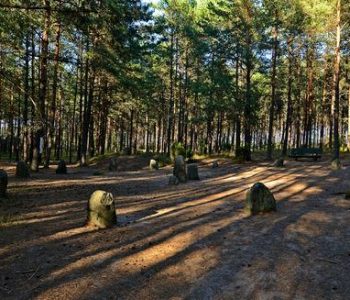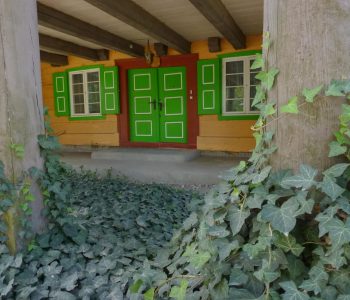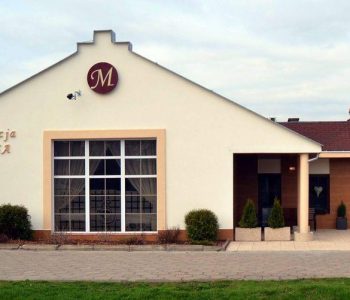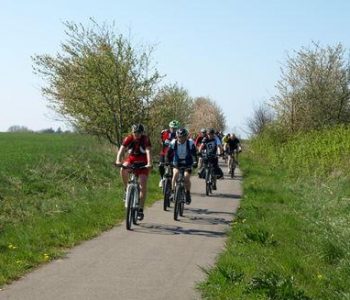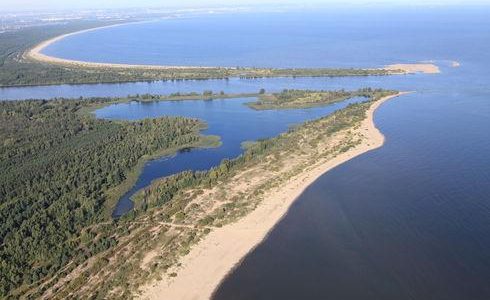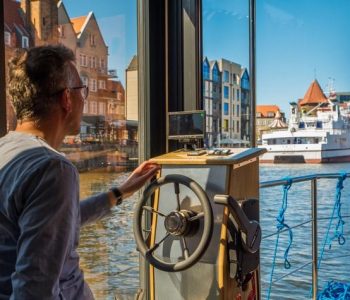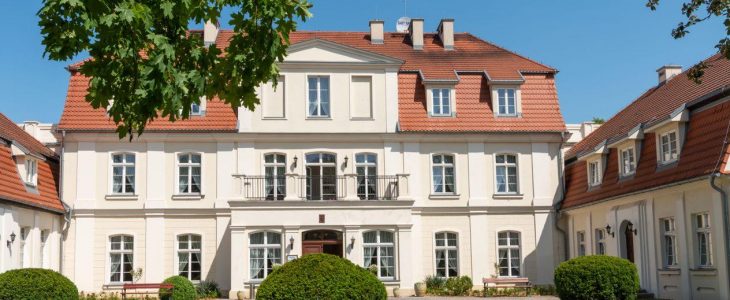In the inter-war period, Lake Żarnowieckie found itself on the border of the Second Polish Republic and Germany. After the end of WW 1, when Poland regained independence, the International Demarcation Commission gave the entire lake, along with the area of Nadole, to Poland. Nadole became an island of Polish identity surrounded by German areas, and it only touched the area of Poland through the lake. A remainder of that time is the water and hiking pilgrimage that to this day takes place every July – to the Church Fair of St. Anne from Nadole to Żarnowiec.
in the 1980s, the first Polish Nuclear Power Plant was to be established at the banks of Lake Żarnowieckie. However, in 1990, after a wave of protests from ecologists and residents of the region, its construction was suspended. The area, where the village of Kartoszyno was once located, and where once the nuclear power plant was planned to stand, is currently part of the Pomeranian Special Economic Zone.
Another important investment located on Lake Żarnowieckie is Poland’s largest pumped-storage hydroelectricity plant with the power of 716 MW. The power plant comprises the artificial upper water reservoir of the power plant with an area of 122 ha, which can hold more than 14 million cubic metres of water, derivative pipelines 1100 m long each, and measuring up to more than 7 m in diameter, the power plant building, a drainage channel, and the lower reservoir, which comprises Lake Żarnowieckie.
Foto: B. Trepiński, Starostwo Powiatowe w Wejherowie

